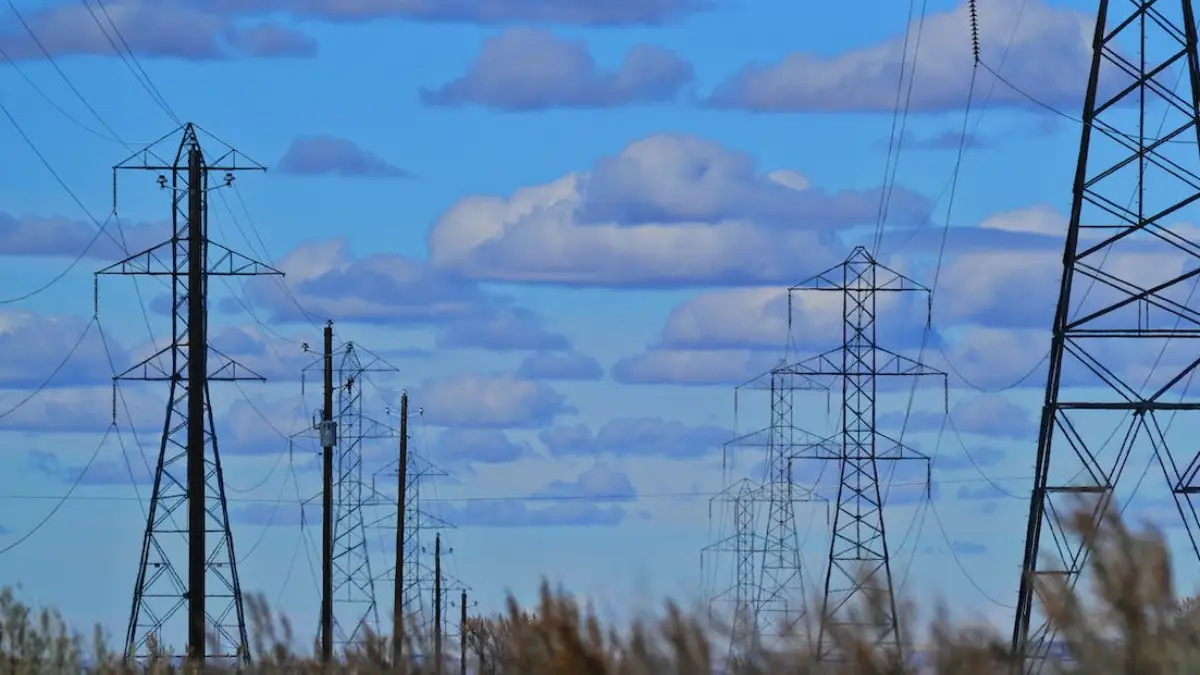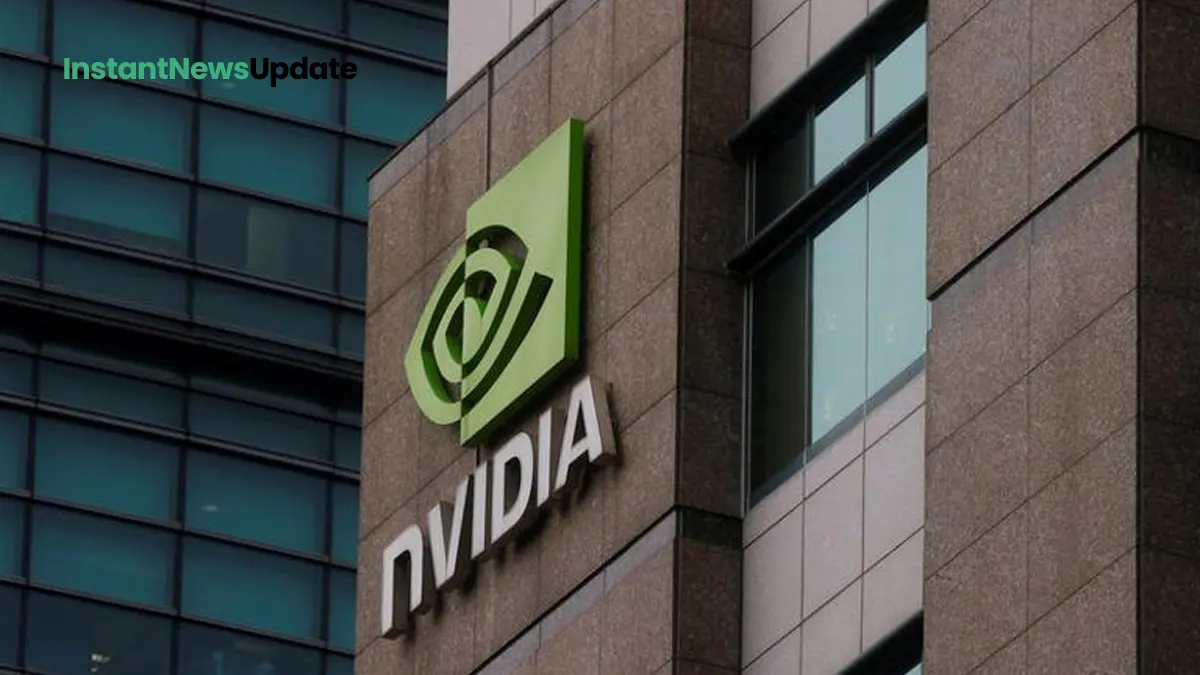Introduction
NASA’s groundbreaking mission to collect an asteroid sample and bring it back to the United States is approaching a critical phase. On Sunday, the space agency anticipates a daring descent into the Utah desert, marking the culmination of the first-ever asteroid sample retrieval mission. The potential bounty of this endeavour holds promise for advancing our comprehension of the solar system’s formation and Earth’s habitability.
In 2016, NASA initiated the OSIRIS-REx mission, aimed at obtaining a sample from the asteroid known as Bennu. Nearly three years ago, the spacecraft successfully collected material from this celestial body. The mission’s climax is set for Sunday, with the scheduled touchdown at approximately 9:00 AM local time (1500 GMT) in a designated military testing site in the western region of the United States.
The Risky Descent
The descent itself is a nail-biting 13-minute affair, as the sample-containing capsule plummets through the Earth’s atmosphere at a staggering speed of around 27,000 miles (43,000 kilometers) per hour. The capsule’s exterior will endure temperatures soaring to 5,000 degrees Fahrenheit (2,800 degrees Celsius), according to NASA.
Precision Like Never Before
The challenge lies in achieving pinpoint accuracy, as the capsule must strike a target area spanning 250 square miles (650 square kilometers), akin to throwing a dart across a basketball court and hitting the bullseye, as described by Rich Burns, the project manager of OSIRIS-REx at NASA. A final assessment of conditions will occur the night before landing, with a contingency plan in place to circle the sun for a 2025 attempt if needed.
A Delicate Return
Safeguarding the integrity of the asteroid material is paramount. Teams have painstakingly prepared for various scenarios, including a “hard landing,” to ensure the preservation of the sample’s pristine condition.
Laboratory Analysis and Insights
Following a thorough inspection of the capsule’s condition on the ground, a specialised team will transport it to a temporary “clean room.” The next day, the precious sample will be flown to NASA’s Johnson Space Centre in Houston, Texas, for analysis. Scientists will meticulously extract and analyse pieces of rock and dust over several days. Some of the sample will be subjected to immediate study, while the remainder will be reserved for future generations equipped with advanced technology, echoing the practises of the Apollo missions to the Moon.
The Revelation
NASA is set to unveil its initial findings during a press conference on October 11, offering a glimpse into the secrets concealed within the asteroid material.
A Triumph of Precision and Risk-Taking
Retrieving this sample was no small feat. In October 2020, the spacecraft made a brief contact with Bennu’s surface, releasing a burst of compressed nitrogen to lift the dust sample, which was then secured. Bennu’s unexpectedly low density allowed for a more substantial sample than initially anticipated, potentially reaching up to 250 grams.
Asteroids: The Origin Story
The significance of asteroids like Bennu transcends their appearance, as they comprise the original materials of our solar system. These samples could hold profound answers to fundamental questions about our existence, with the potential to shed light on the “seeds of life” that may have been delivered to Earth by asteroids, contributing to the development of our biosphere and the evolution of life as we know it.
Beyond Bennu
Bennu, measuring 500 meters in diameter, orbits the Sun and periodically approaches Earth. While the chances of a catastrophic collision in 2182 remain remote (1 in 2,700), the insights gained from studying Bennu’s composition could prove invaluable in NASA’s mission to understand and potentially divert the trajectory of hazardous celestial objects.
In an era of ambitious space exploration, NASA’s OSIRIS-REx mission stands as a testament to human ingenuity, precision, and the relentless pursuit of knowledge.









